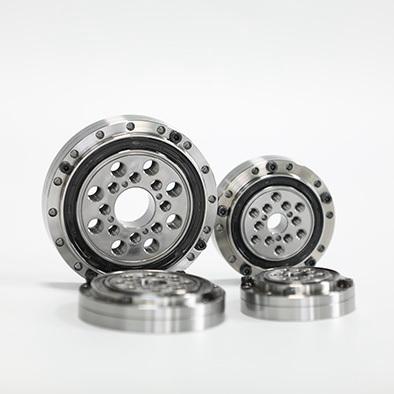In the world of mechanical innovation and precision engineering, roller bearing have carved a vital role as the backbone of smooth, efficient, and reliable motion. From industrial robots and aerospace systems to high-speed railways and medical equipment, the importance of roller-bearing in modern machinery is unmatched. As industries continue to push the boundaries of performance and accuracy, the demand for advanced roller bearing technology is surging globally.
So, what makes a roller bearing so essential? At its core, a roller-bearing is designed to minimize friction between moving parts and to support radial and axial loads. Unlike traditional plain bearings, which operate on sliding motion, roller bearings use rolling elements—cylindrical, tapered, or spherical rollers—to reduce resistance and wear. This unique design leads to enhanced durability, high load capacity, and reduced maintenance, making roller-bearings indispensable in both heavy-duty and precision-driven applications.
One of the biggest advantages of roller-bearings is their versatility. Whether it's in construction machinery, wind turbines, or semiconductor manufacturing, these components are engineered to perform under extreme conditions. The ability of roller bearings to withstand heavy loads while maintaining high precision allows engineers to build machines that are faster, stronger, and more efficient.
Recent innovations in materials science and manufacturing technology have further elevated the performance of roller-bearings. High-performance steels, ceramic hybrids, and advanced coatings are now being integrated into bearing design to extend lifespan, resist corrosion, and reduce friction. Additionally, the incorporation of smart sensors into roller-bearing systems has enabled real-time monitoring of temperature, vibration, and wear—ushering in a new era of predictive maintenance and industrial automation.
In the field of robotics and automation, precision is everything. Crossed roller bearings, a specialized type of roller-bearing, have become a game-changer for high-accuracy applications such as CNC machines, robotic arms, and medical scanners. These bearings offer exceptional rotational accuracy and rigidity, making them ideal for equipment that demands micron-level precision. Their compact design also allows for more efficient use of space, which is critical in today's miniaturized and complex mechanical systems.
Sustainability is another area where roller-bearing technology is making strides. By reducing energy loss through lower friction, roller bearings contribute to more energy-efficient machines and lower carbon emissions. Manufacturers are also exploring recyclable materials and eco-friendly production processes to align with global sustainability goals.
The global roller bearing market is experiencing rapid growth, driven by rising investments in infrastructure, renewable energy, and industrial automation. As industries evolve, so do their expectations for performance, reliability, and longevity. Leading manufacturers are continuously investing in R&D to stay ahead of the curve, developing smarter, lighter, and more adaptable roller-bearing solutions.
In conclusion, roller bearing are not just mechanical components; they are enablers of innovation and progress. Their role in supporting the motion, accuracy, and reliability of modern machinery cannot be overstated. As technology advances and new challenges emerge, roller-bearing systems will remain at the heart of industrial excellence—driving the future of precision engineering across the globe.
